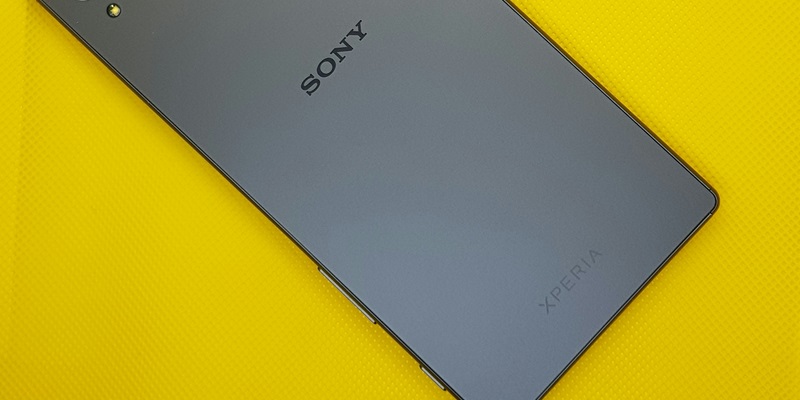Sony has announced groundbreaking developments in its latest flagship smartphone, the Xperia 1 VIII, showcasing an innovative shift in mobile camera technology. The Xperia 1 VIII’s camera system sports a unique configuration with separate telephoto, main, and ultra-wide-angle lenses, a departure from the traditional vertical alignment seen in previous models. This new design includes a spacious 1/2.3-inch telephoto sensor, enhancing zoom capabilities over a focal range of 70-200 mm. By integrating Sony’s dual-layer transistor pixel technology across all camera modules, the Xperia 1 VIII ensures exceptional performance in varying lighting conditions. Sony aims to redefine mobile photography and videography standards and achieve a stronger competitive edge in the process.
Enhanced Sensor and Image Quality
In particular, the telephoto lens stands out for its larger sensor size, offering superior image quality and greater flexibility for capturing distant subjects. The main camera retains its 1/1.3-inch sensor size, while the ultra-wide-angle lens has been upgraded to a 1/2.3-inch sensor, promising improved clarity and image quality. Leveraging proprietary Exmor RS sensors and BIONZ image processors, the device promises exceptionally detailed imaging and stunning visuals. The new sensors also improve low-light performance, adding a crucial edge over competitors in the mobile photography arena.
Sony’s dual-layer transistor pixel technology is another significant feature of the Xperia 1 VIII’s camera system, enhancing light sensitivity and drastically improving performance under various lighting conditions. This innovation ensures that images and videos not only appear sharp but also possess true-to-life color accuracy and depth. The dual-layer design essentially allows for better light capture, reducing noise and producing clearer results in both bright and dim environments. Sony’s approach exemplifies its dedication to pushing the boundaries of what mobile cameras can achieve, particularly in an era where smartphone photography is increasingly important.
Discontinuation of Xperia 5 Series
In a strategic move, Sony has hinted at discontinuing the Xperia 5 series to focus solely on refining the Xperia 1 lineup. This consolidation aims to streamline offerings and concentrate resources to enhance camera technologies for a competitive edge. Unlike many market competitors who offer a plethora of models, Sony’s decision to focus will allow significant advancements in their flagship models. By channeling efforts into the Xperia 1 series, Sony can innovate more effectively and implement advanced camera and display technologies without dilution of focus.
The Xperia 1 series, known for its high-resolution 4K OLED displays and cinema-quality color accuracy, appeals to users seeking unparalleled visual experiences. The Xperia Pro models further cater to professionals and content creators with advanced features aimed at specialized applications in photography and videography. By concentrating efforts on a singular, flagship line, Sony can maintain an optimal balance of cutting-edge technology and user-centric design. It becomes apparent that Sony’s emphasis on distinctive, superior quality and robust camera technology across its flagship series is a calculated strategy to appeal strongly to both casual users and professionals alike.
Integration of AI and Collaborative Efforts
Sony has unveiled significant advancements with its latest flagship smartphone, the Xperia 1 VIII, marking a groundbreaking shift in mobile camera technology. This new device boasts an innovative camera system featuring separate lenses for telephoto, main, and ultra-wide-angle shots, departing from the typical vertical alignment of previous models. The Xperia 1 VIII is especially noteworthy for its sizable 1/2.3-inch telephoto sensor, which promises enhanced zoom capabilities across a focal range of 70-200 mm. This allows users to capture distant subjects with remarkable clarity. Furthermore, Sony has integrated its advanced dual-layer transistor pixel technology into all camera modules, ensuring top-notch performance even under diverse lighting conditions. With these innovations, Sony aims to set new standards in mobile photography and videography, thus gaining a more competitive edge in the market. The Xperia 1 VIII is not just a smartphone; it’s a sophisticated tool for creators looking to elevate their craft with professional-grade imaging capabilities.

